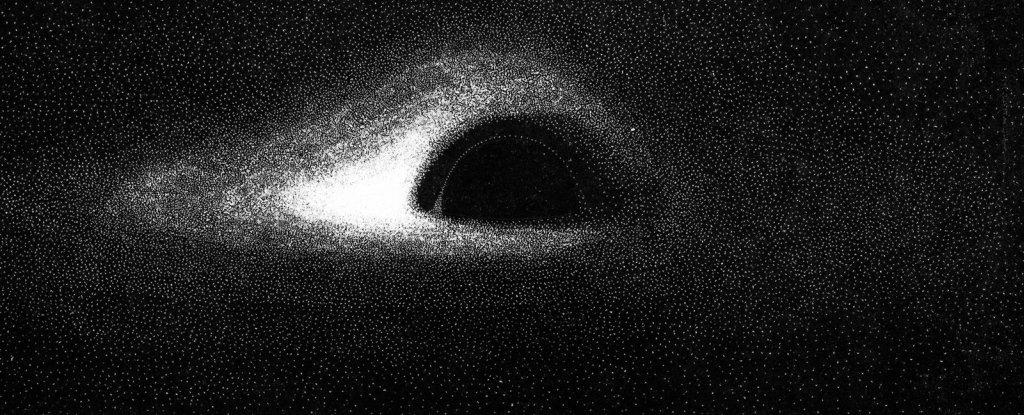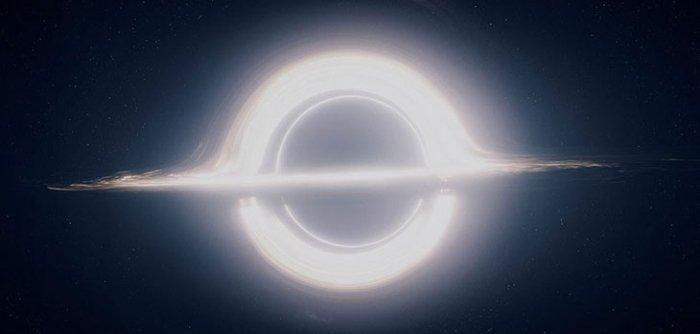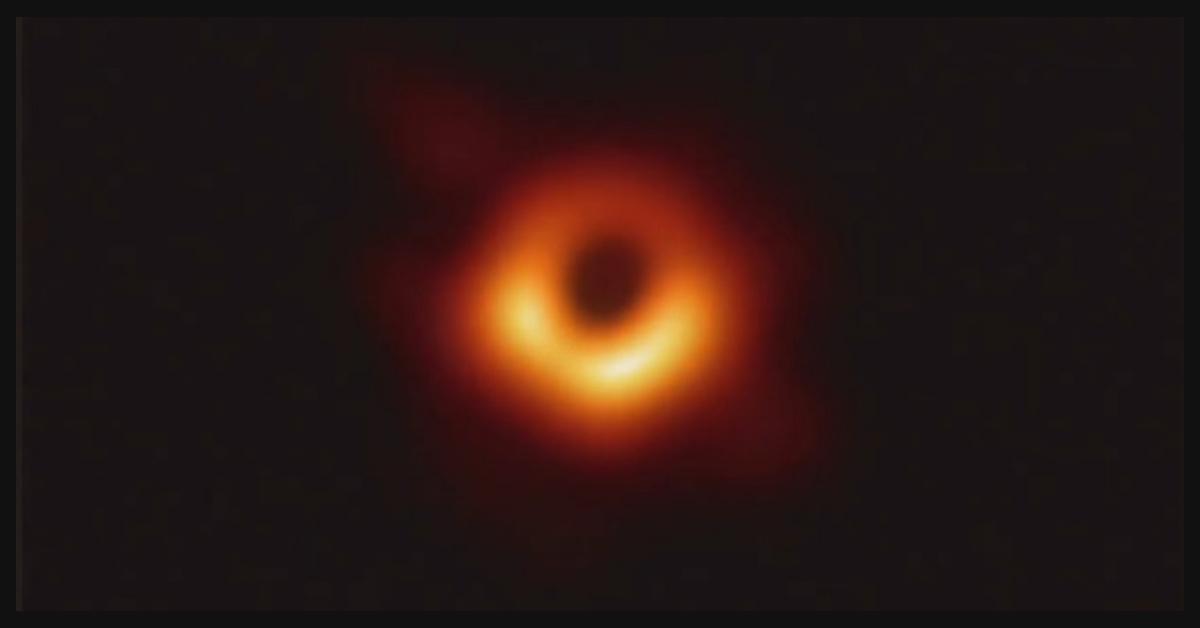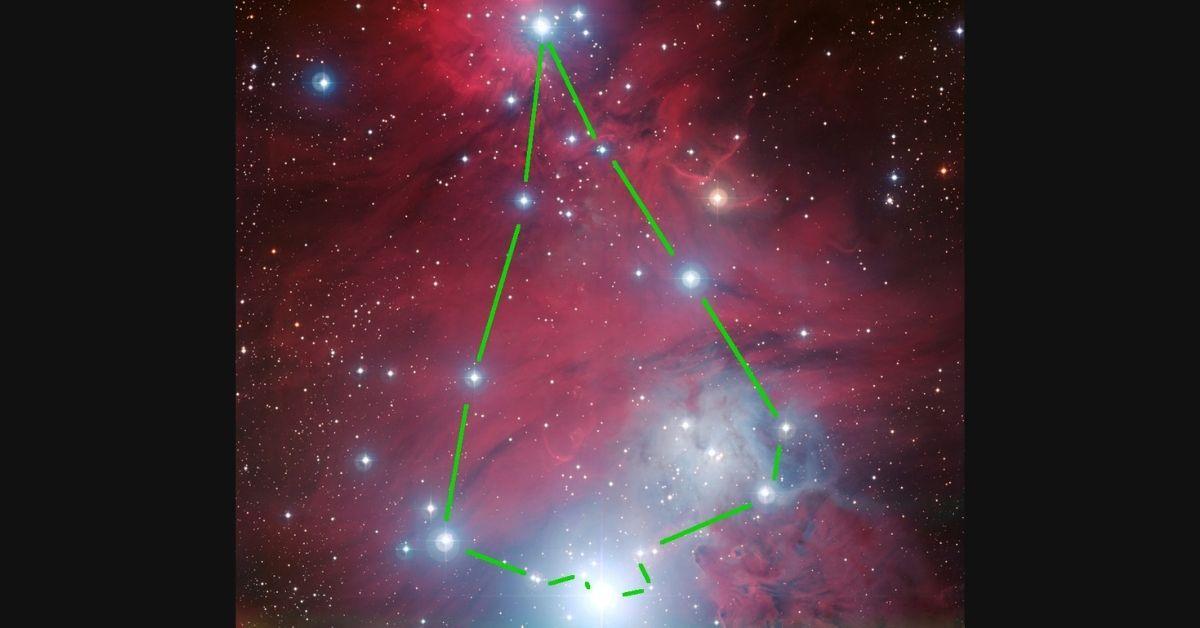•On April 10, 2019, researchers revealed the first-ever photograph of a black hole.
•The photograph was a product of the Event Horizon Telescope, a network of eight telescopes across five continents operated by a team of 200 scientists.
•Far more than just a proof of capability, the historic image has wide-reaching implications for physics, space science, and education.
Here’s a rather shocking truth: You’ve never really seen a black hole before.
What you have been seeing for years now are either illustrations based on careful predictions and calculations (informed guesses, basically) or glimpses of radiation.
Thus, while humanity hasn’t exactly been in the dark about black holes, we’ve never really taken an honest-to-goodness photograph of one.
That is, until today.
A quick Google Search for the term “black hole” yields over 59,900,000 results. For now, you can forget about all of them, thanks to the (literally) globe-spanning Event Horizon Telescope (EHT) project.
Feast your orbs on this photo. No, it’s not the Eye of Sauron — it’s the first photograph of a black hole the world has ever seen.

To be more specific, this black hole is located at the center of the Messier 87 (M87) galaxy, approximately 53 million light-years away from our planet.
Go ahead, take some time to appreciate it. After all, it only took 100+ years of theoretical physics, 200+ researchers, 60 institutes working in 20 countries and regions, and multiple high-powered telescopes to make this possible.
The darkness inside (and the brightness outside)
The first thing to understand about photographing black holes is that it’s impossible to photograph what’s inside a black hole (also known as its gravitational singularity).
That’s because black holes–the densest objects in the universe–have a gravitational pull so strong that not even light can escape them. (There’s enough mind-bending science going on in those singularities to shatter what we understand about time and space.)
Black holes are practically invisible; past a certain threshold, there’s just nothing left for us to be able to detect or observe them. This threshold is called the event horizon, which is the “shadow” inside the reddish-white ring you see in the photograph above.
An object’s distance from a black hole determines how fast it should move to escape the gravitational pull; the event horizon is basically the point of no return.
So yes: What you’re actually looking at in that photo is gravity basically destroying light. Spooky, huh?
Interestingly, a German-born theoretical physicist predicted all of this way back in 1905, when he proposed a theory he called special relativity. (His name’s Albert Einstein; perhaps you’ve heard of him.)
Not quite a stab in the dark
Wait — so how exactly did physicists figure out what black holes looked like?

Back in 1978, an astrophysicist named Jean-Pierre Luminet (and yes, he’s well aware of the pun-tastic situation created by his surname) used his math skills and an IBM 7040 computer to come up with a rough illustration of how a black hole would look like to us. (If anything, that’s proof that whoever says that math isn’t fun is outright lying to you.)
Of course, as it was 1978, he had to take all that data and plot it on negative paper the good old-fashioned way: by hand.
Now, take a look at that illustration, and compare it to Christopher Nolan’s famously “scientifically accurate” depiction of a black hole in his 2014 film Interstellar.

Close, right? That’s because Nolan did his homework, and then some: Not only did he study Luminet’s earlier work, but he also consulted a theoretical physicist from the California Institute of Technology named Kip Thorne (who happens to be an expert on the subject).
A supermassive snapshot…
Meanwhile, the EHT’s remarkable photo owes its existence to the black hole’s sheer size and, believe it or not, convenience.
M87’s black hole is an example of a supermassive black hole. Located at the center of almost all galaxies, they grow by accumulating discs of gaseous material and other matter (hence the bright accretion disc around M87’s black hole’s event horizon).
As you can probably guess from the name, supermassive black holes are, well, super massive. We’re talking millions to billions of times the mass of our Sun (which also happens to be the basis for the unit of measurement known as solar mass). In fact, researchers estimate that M87’s black hole stretches about 38 billion kilometers, and is about 6 to 6.5 billion solar masses.
Interestingly enough, our galaxy (the Milky Way) has its own supermassive black hole: Sagittarius A* (Sgr A*), read as “Sagittarius A-star.”

The EHT actually targeted both Sgr A* and M87’s black hole. However, the researchers decided to focus on the latter (in spite of the fact that it was roughly 2,000 times farther than Sgr A*) simply because it’s so huge. It’s about a thousand times as massive as Sgr A*, making it the easier subject to photograph. Plus, Sgr A* is unusually dim for a black hole of its type (a puzzle that the researchers hope to solve with this project).
Now, knowing that it’s possible to photograph M87’s black hole is one thing. Actually doing it, though, is an entirely different story.
…Requiring supermassive effort
Fun fact: You’d need a telescope as big as Earth itself to capture an image of M87’s black hole. Obviously, the EHT team, under the guidance of Director Shep Doeleman, had to improvise.
Thus, the EHT is actually a network of eight radio telescopes, located in six geographic locations: Arizona and Hawai’i in the USA, Chile, Mexico, Spain, and the South Pole.
For geography buffs keeping score at home, that’s eight telescopes across five continents.

At the National Science Foundation’s press conference where they unveiled the historic photograph, Doeleman shared the multi-step process necessary in order to take this picture.
First, the members of the team had to split up and visit the different locations of the telescopes. There, they calibrated each telescope to ensure that they were working properly and capturing the right data.
Then, in April 2017, they had to actually start gathering the data through the telescopes. Weather was a significant factor; even the slightest disturbance could have had catastrophic consequences for their undertaking. (Fortunately, the skies cooperated; in fact, Doeleman noted that the first three days had almost perfect atmospheric conditions.)

After a week’s worth of observation, they gathered a total of 5 petabytes of data — that’s fifty thousand 100-gigabyte hard drives — from all six locations. After that, the data was recorded onto discs. The discs were shipped to a state-of-the-art supercomputer that spent months putting all of it together. After that, of course, was the dreaded peer review process.
And here we are, two years later.
“Through international cooperation and innovation,” beamed Doeleman, “we’ve exposed part of the universe that we thought was invisible to us before.”
And here’s the supermassive “So what?”
The EHT team had four principal objectives: (1) to snap the first-ever photo of a black hole, (2) to better understand the science behind black holes, (3) to figure out why black holes like M87’s seemingly emit jets of subatomic matter into the universe, and (4) to fact-check Einstein’s century-old ideas.
They succeeded in accomplishing the first goal, obviously. The second and third objectives are a bit more complex. In particular, the team wanted to better understand exactly how celestial objects end up falling into black holes. (Contrary to popular belief, black holes don’t actually suck things in.)
As for verifying Einstein’s work, it’s crucial for ensuring that we’re still on the right track in terms of understanding how the universe works.
Fortunately, the mere fact that the photo came out as expected–the circular silhouette of the black hole, the spatial distortion resulting from the black hole’s gravitational pull–bodes well for general relativity.
“It’s our responsibility now to report these findings, and we’re doing that today — to the National Science Foundation, to our funding agencies, international foundations, and to all people who support pioneering research,” said Doeleman. “And also, to taxpayers.”
Then again, shouldn’t the idea of unlocking one of the universe’s most mysterious secrets with photographic evidence be enough to pull anyone in?
References
- https://iopscience.iop.org/journal/2041-8205/page/Focus_on_EHT
- https://science.nasa.gov/astrophysics/focus-areas/black-holes
- https://www.forbes.com/sites/startswithabang/2018/12/20/the-biggest-myth-about-black-holes/
- https://www.nsf.gov/news/special_reports/blackholes/
- https://www.sciencealert.com/black-hole-event-horizon-accretion-disc-jean-pierre-luminet-event-horizon-telescope
- https://www.space.com/black-holes-event-horizon-explained.html
- https://www.space.com/event-horizon-telescope-black-hole-discovery-webcast.html
- https://www.theverge.com/2019/4/10/18303661/first-picture-black-hole-sagittarius-event-horizon-telescope
- https://www.vox.com/science-and-health/2018/1/8/16822272/black-hole-looks-like-what
Author: Mikael Angelo Francisco
Bitten by the science writing bug, Mikael has years of writing and editorial experience under his belt. As the editor-in-chief of FlipScience, Mikael has sworn to help make science more fun and interesting for geeky readers and casual audiences alike.








